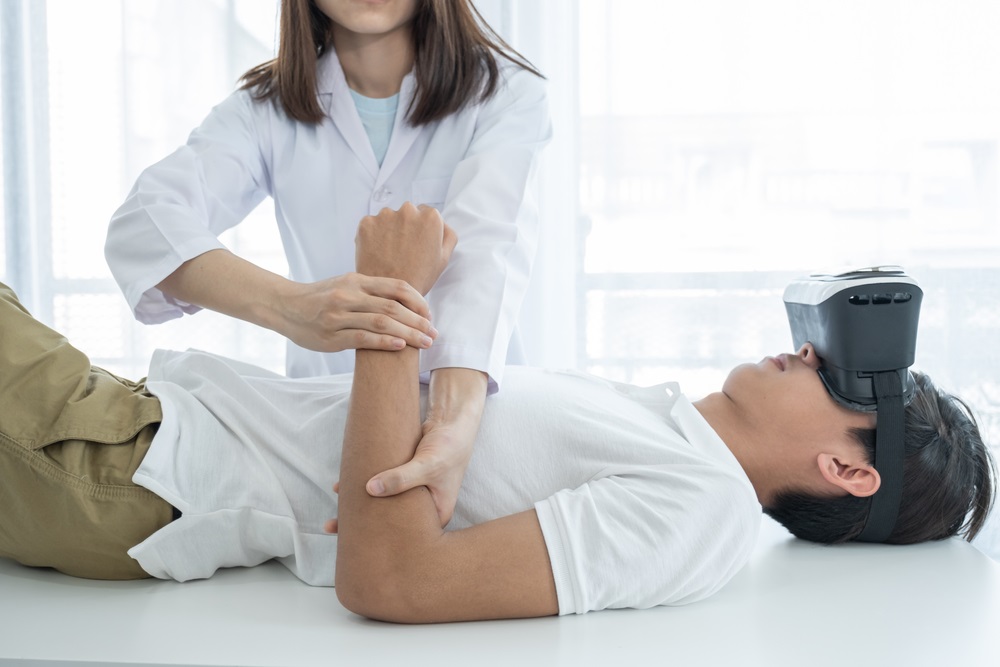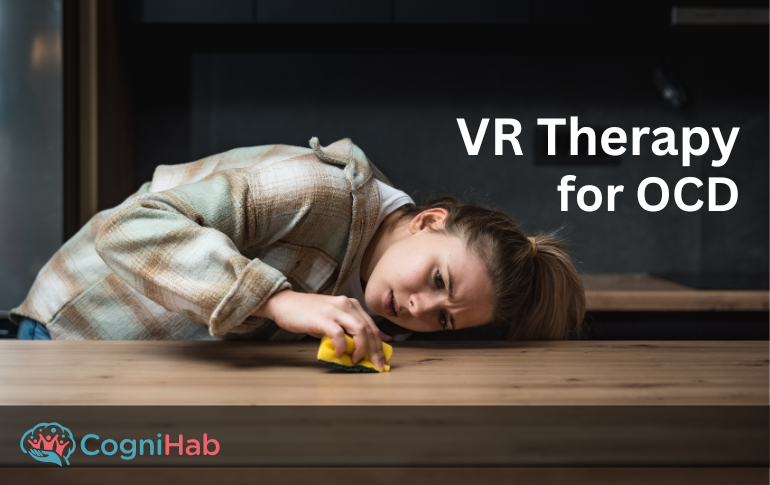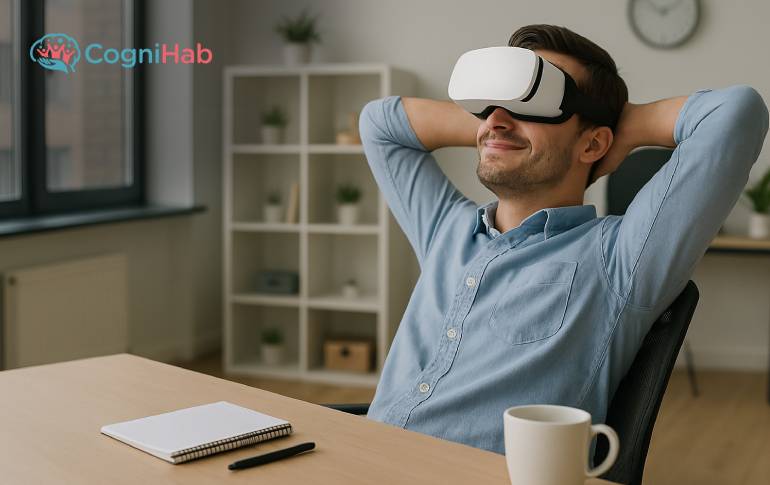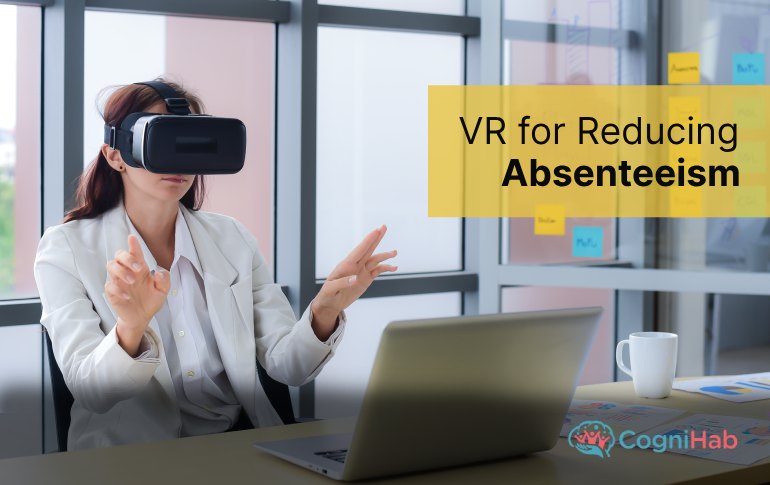5 Best Exercises for Back Pain to Improve your Condition
The body relies primarily on its back for support. It makes sitting, walking, sleeping, and exercising easier, but all of the aforementioned activities could cause back pain if performed with poor posture.
Back pain can cause a number of other problems if it is not properly treated. Because you might not ever want to undergo back surgery, you should add regular exercises for back pain to the regimen.
As per data more than 80% of the population experience Lower back pain at least once in their lifetime. While 23% of the world's adult population suffers chronic back pain. Source: jamanetwork
Lower back stretching and strengthening exercises can support the upper body and help to stabilize the lower spine. Many stroke recovery exercises have shown incredible results for such a critical disease. We cannot deny the fact that exercise offers great benefits to the mind and body.
Brain exercises for stroke recovery can help a lot to minimize further damage. In addition to that we can use the back-friendly plank and "knee to chest" stretches as easy examples. A supplement to that lower back exercise may also aid in easing and preventing pain.
Below are the exercises for back pain, you can follow to get relief.
Strengthening exercises for Back Pain
The lower back can be strengthened, stabilized, and supported by the exercises listed below; however, if a back exercise causes acute or worsening back pain, the exercise should be stopped.
Glute Bridge
The gluteus maximus, the biggest gluteal muscle that forms the buttocks, is worked by the Glute Bridge. When a person extends their hips, such as when they stand up from a squat, this muscle contracts.
Additionally, it supports abduction, which occurs when the leg lifts away from the body, as well as external rotation, which occurs when the knee and hip open away from the body. That makes it as one of the best exercises for back pain
Lay on your back with your knees bent and your feet flat on the floor with your hips spaced apart. The palms of the hands should be facing up as you position your arms by your sides.
Next, contract the muscles in your stomach and glutes. The next step is to lift the pelvis off the floor while maintaining a straight line through the shoulder, hip, and knee for at least two seconds. Then return to your starting position. 10-15 times, depending on comfort, repeat the previous steps.
Plank
The plank exercises are also a good full-body stability exercises. Along with the abdominals, it works the feet, arms, shoulders, hip flexors, and shoulders. To perform this exercise, lie on your stomach with your forearms flat against the ground and your elbows directly over your shoulders.
Increase your abdominal and gluteal muscle tension, then lift your hips and both knees off the ground. Without letting the pelvis sag towards the floor, attempt to maintain the pose for 10 to 30 seconds. 5 times total and slowly return to the starting position.
Crunches
Cruches is another of supportive exercises for back pain. By strengthening the core, abdominal crunches improve hip alignment and spinal support. The best starting position is to lay flat on your back with your knees bent, your feet flat, and your hips apart.
Cross your hands over your chest or extend your body's sides outward as well. Next, as you exhale, contract your abs and lift your shoulders and head. Bring your back to its initial position once more.
Depending on how your body responds, you can complete the exercise anywhere from 10 to 15 times.
Stretching exercises for Back Pain
Stretching exercises help to regain flexibility and range of motion while avoiding injury and soreness to the muscles. The following are a few stretches for the lower back that people can do on a regular basis.
Knee-to-chest stretches
Stretching from the knee to the chest can help the lower back muscles lengthen, releasing tension and pain. The knee-to-chest stretch can be done by lying on one's back with both legs parallel to the ground.
The right knee must then be pulled towards the chest with both hands as you lift the right leg and bend it towards your chest.
Hold the right knee against your chest for a while longer. After that, go back to your starting position and do the same with your left leg as your right.
Kneeling back stretch
The lower back muscles can be stretched with the aid of the kneeling back extension. This is one of the best exercises for back pain that help reducing pain and tension in these regions.
To perform this exercise, stand with your feet hip-width apart and your shoulders directly over your hands. Next, round your back while tilting your lower back towards the floor and pulling your belly button up towards your spine.
Hold this position for 5 seconds. Then, gently rock backward, bringing your buttocks as near your heels as you can. Make sure the arms are extended in front. 5 seconds should be held in the position before gently rocking back to the starting position.
This can also include in Cerebral Palsy exercises, and improve the mobility in the patient.
VR support for exercises for Back Pain
Virtual reality is helping with chronic disease rehabilitation. VR games for stroke patients have shown better results combined with traditional therapy. Numerous other VR-based yoga exercises are beneficial for improving both physical and mental health.
It also proved effective in enhancing the cognitive ability of a person. If you have any back issues you can take advantage of Virtual Reality. In addition to that you can also opt for VR meditation for peace of mind.
The majority of people cannot find exercises engaging and left them after some time. VR can help them with immersive yoga and workout experiences.
Conclusion
One activity cannot guarantee the best outcome. Better seek the advice of your doctor or therapist and create a set of exercises for back pain that combine stretching and strengthening.
Additionally, you can visit the Cognihab website to learn more about using VR for your exercise regimen. Leading healthcare provider Cognihab offers VR products for various medical conditions.







